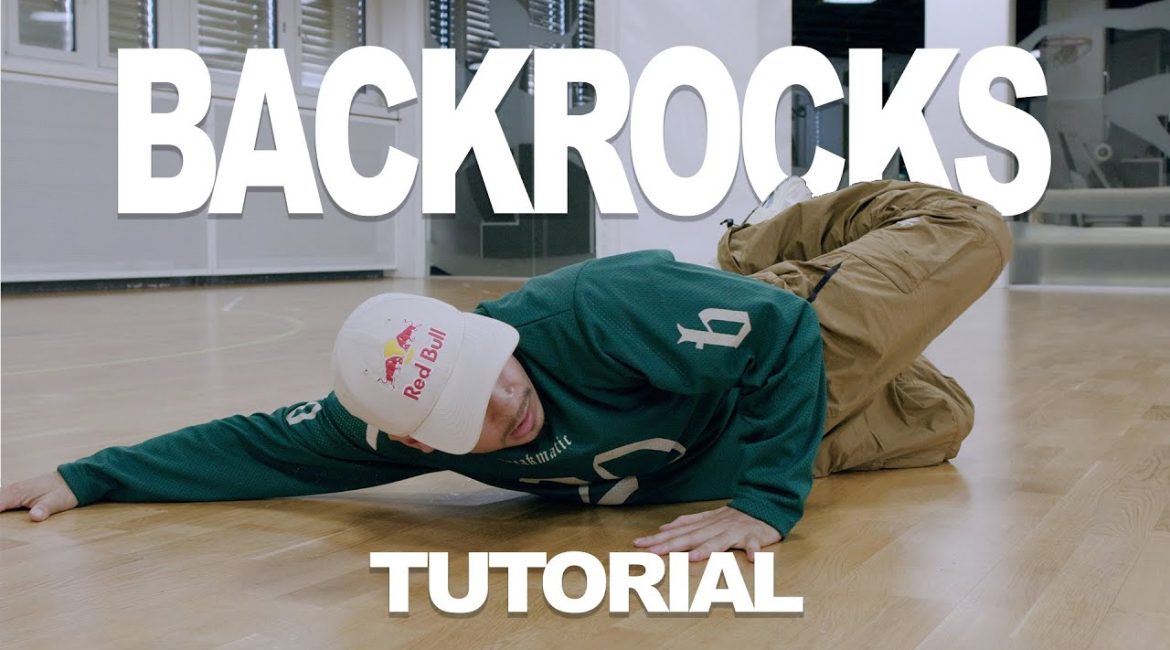Backrocks, an often overlooked but essential element of breakdancing, enrich the foundational aspects of the dance by introducing movements performed on the back level. These moves not only enhance a dancer’s ability to control their body in various positions but also ensure continuous motion, even in the face of mistakes. In this tutorial, led by Rockstar, a seasoned b-boy, we’ll delve into three fundamental backrock moves that can elevate your breaking style and form. Let’s break down each move and discuss an exercise crucial for mastering these techniques.
Importance of Backrocks in Breaking
Backrocking is more than just an aesthetic element; it’s a functional approach that helps breakers maintain momentum and understand the dance’s various levels. It teaches dancers how to fall, recover, and keep moving, making it invaluable for both practice and performance. Mastering backrocks can give your breaking a more mature and natural appearance, vital for anyone looking to advance their skills.
Preparing for Backrocks
Before diving into the moves, it’s crucial to warm up adequately to avoid injuries. Focus on exercises that enhance your back flexibility, core strength, and shoulder stability. A good warm-up ensures that you can perform these moves effectively and safely.
Equipment Needed:
- Comfortable Clothing: Wear clothing that allows for full range of motion and is durable enough to withstand floor work.
- Adequate Space: Ensure you have enough room to perform movements without restrictions.
Basic Technique for Backrocks
Understanding how to position your body while on your back is the first step in mastering backrocks. Here’s a simple exercise to develop this fundamental skill:
- Shoulder and Hip Control: Start by lying on your back. Practice lifting your hips slightly off the ground using your core muscles.
- Knee Tucks and Shoulder Slides: Bring your knees to your chest and practice sliding on your shoulders. This helps you gain the necessary momentum and control for more complex backrock moves.
- Hand Utilization: Use your hands to stabilize and direct your movements, which is crucial for transitions and maintaining continuous motion.
1. Walkover in Backrocks
Step-by-Step Guide:
- Starting and Ending Position: Begin where you typically finish a footwork step, lying on your back with your knees tucked.
- Execution: Use your feet to push your body over from one side to the other. Focus on a smooth rolling motion that keeps your momentum.
- Repetition: Practice rolling back to the starting position, creating a continuous movement that can be looped seamlessly.
2. Hooks in Backrocks
Step-by-Step Guide:
- Side Hooks: Similar to footwork hooks, but performed while on your back. Start by hooking one leg around the other, then roll to the side.
- Utilize Your Hands: Hands play a critical role in maintaining your balance and assisting in the rolling motion. Place them strategically to aid movement and provide support.
- Recovery and Expansion: Practice expanding the movement by hooking and rolling to each side, then returning to your initial position.
3. Momentum and Speed in Backrocks
Step-by-Step Guide:
- High-Speed Execution: This move focuses on maintaining high momentum and speed. Start with your legs low to the ground.
- Rolling Technique: Use a rolling motion to transition from one side to the other. Ensure your hands and arms assist in propelling your body.
- Stomach Positioning: Keep your movements centered around the upper part of your stomach to optimize control and speed.
Common Mistakes and Tips for Improvement
- High Legs: Avoid keeping your legs too high during rolls, as this can slow you down and reduce control.
- Lack of Hand Use: Failing to use your hands effectively can lead to stalled movements and a lack of fluidity.
- Continuous Practice: The key to mastering backrocks is consistent practice. Focus on smooth transitions and controlled movements.
Conclusion
Backrocks are a critical component of breaking, providing dancers with the skills to maintain continuous motion and control at various dance levels. By mastering the Walkover, Hooks, and Momentum and Speed backrocks, you expand your breaking vocabulary and enhance your ability to perform more complex routines. Remember, the essence of breaking is not just in the moves themselves but in how you adapt and flow from one movement to another. Train hard, pay attention to detail, and most importantly, have fun as you explore the diverse and dynamic world of breakdancing.


Leave a reply